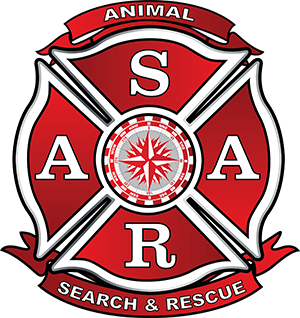Confined Space Training
Safe Entry and Confined Space Training
Confined spaces have limited means of entry or exit, are large enough to bodily enter, and may contain physical or atmospheric hazards. Examples include storage tanks, process vessels, bins, boilers, vaults, ventilation or exhaust ducts, sewers, tunnels, pipelines, and pits more than 4 feet in depth. Hurricane-related events might introduce hazards or potential hazards into confined spaces. For example, a space might have a potential to contain a hazardous atmosphere due to the presence of decomposing organic matter, to the use of hazardous chemicals in the space, or to the performance of operations in the space, such as welding, cutting, or burning, that may create a hazardous atmosphere. Additional precautions must be taken to make the space safe for entry.
Emergency rescue must be attempted only by individuals who are trained in safe entry and rescue procedures and who have the proper tools and personal protective equipment, such as self-contained breathing apparatuses for entry into atmospheres that are immediately dangerous to life and health.

*This course meets OSHA 29CFR 1910.146
*Provided by Huff Technical Training
Course Topics
- Definitions of confined spaces and "permit required" confined spaces
- Responsibilities of managers, supervisors, entrants and attendants
- Types of emergencies
- The use of safety and retrieval equipment
- Permit required and non-permit required entry procedures
- Confined space entry: Responsibilities at the facility level, the posting of warnings, informing outside contractors
- The written program for a permit required confined space
- Air quality requirements and the use of ventilation equipment
- Confined space rescue operations and equipment
- Thermal dangers
- Dealing with a rescue and debriefing
- Quizzes and a final review quiz
Participant Requirements
Hazmat awareness (4,8,or 24 hour training)
Registration required 14 days prior to class date
Payment in full or arrangements made at time of registration
Water rescue helmet
Water draining footwear
Rope gloves / water rescue gloves (recommended)
Whistle (optional)
Requirements to Host This Training Course
Classroom, large enough to hold number of students to be taught
Slide projector
Restroom facilities
Adequate parking
